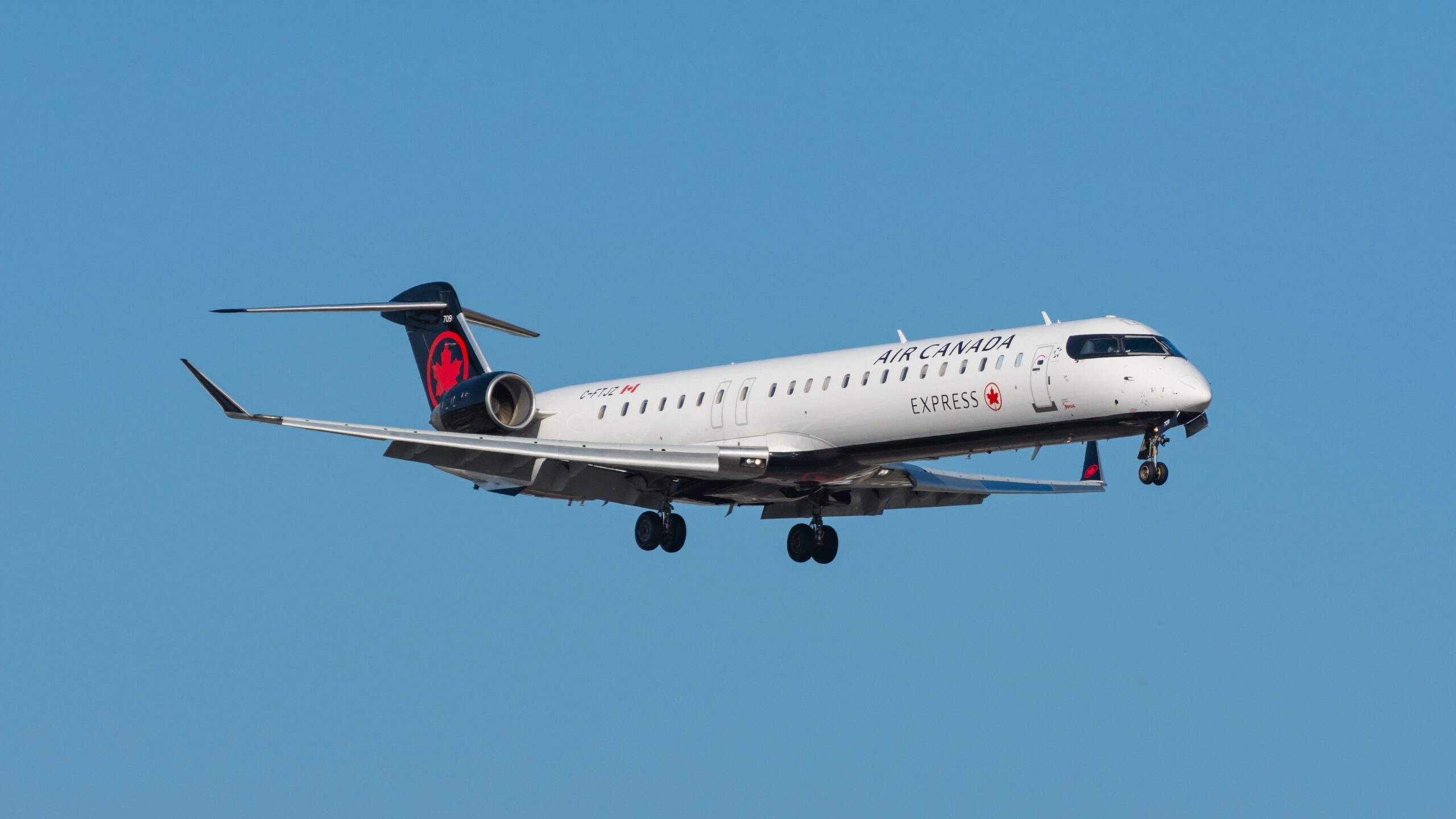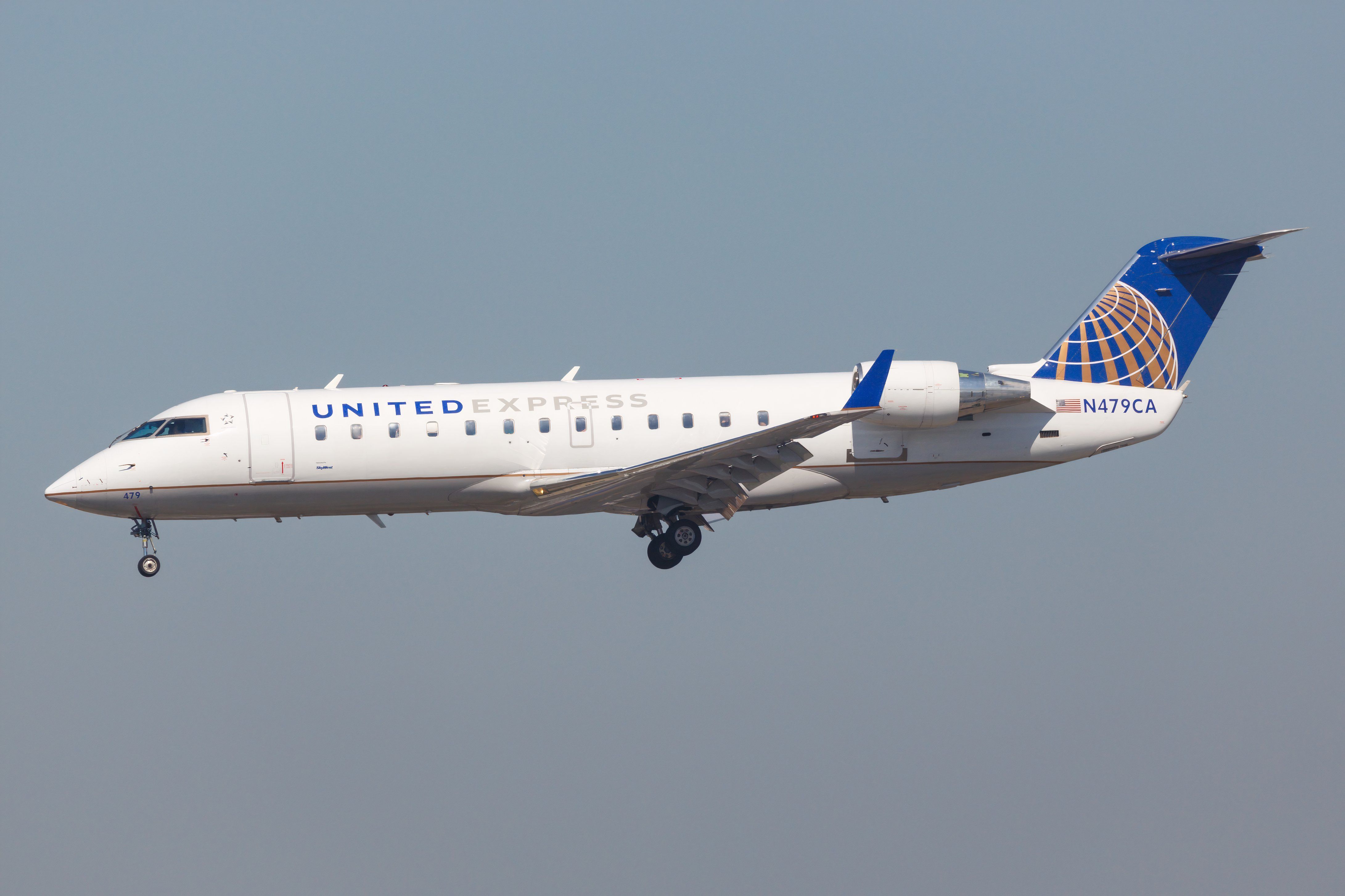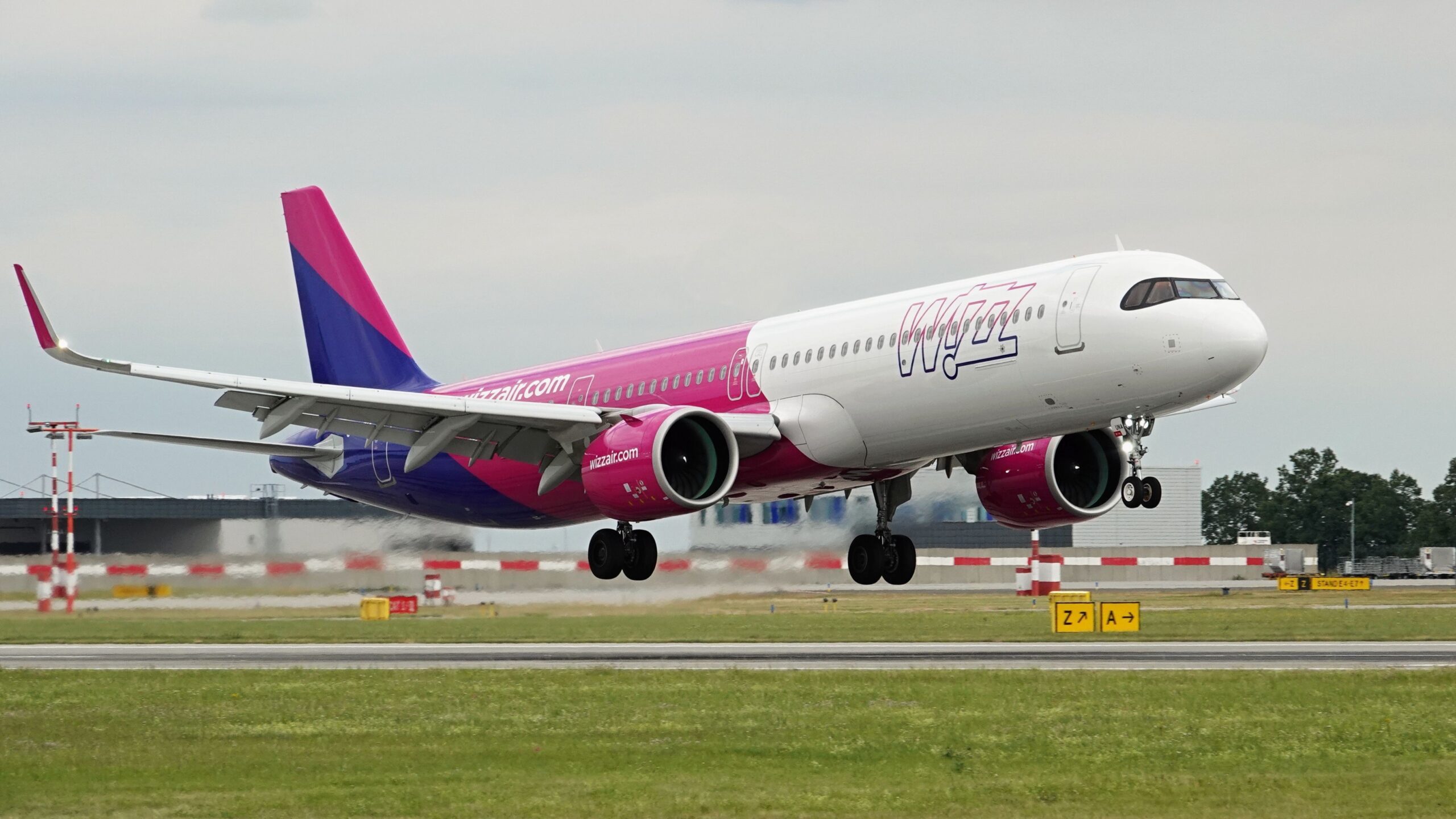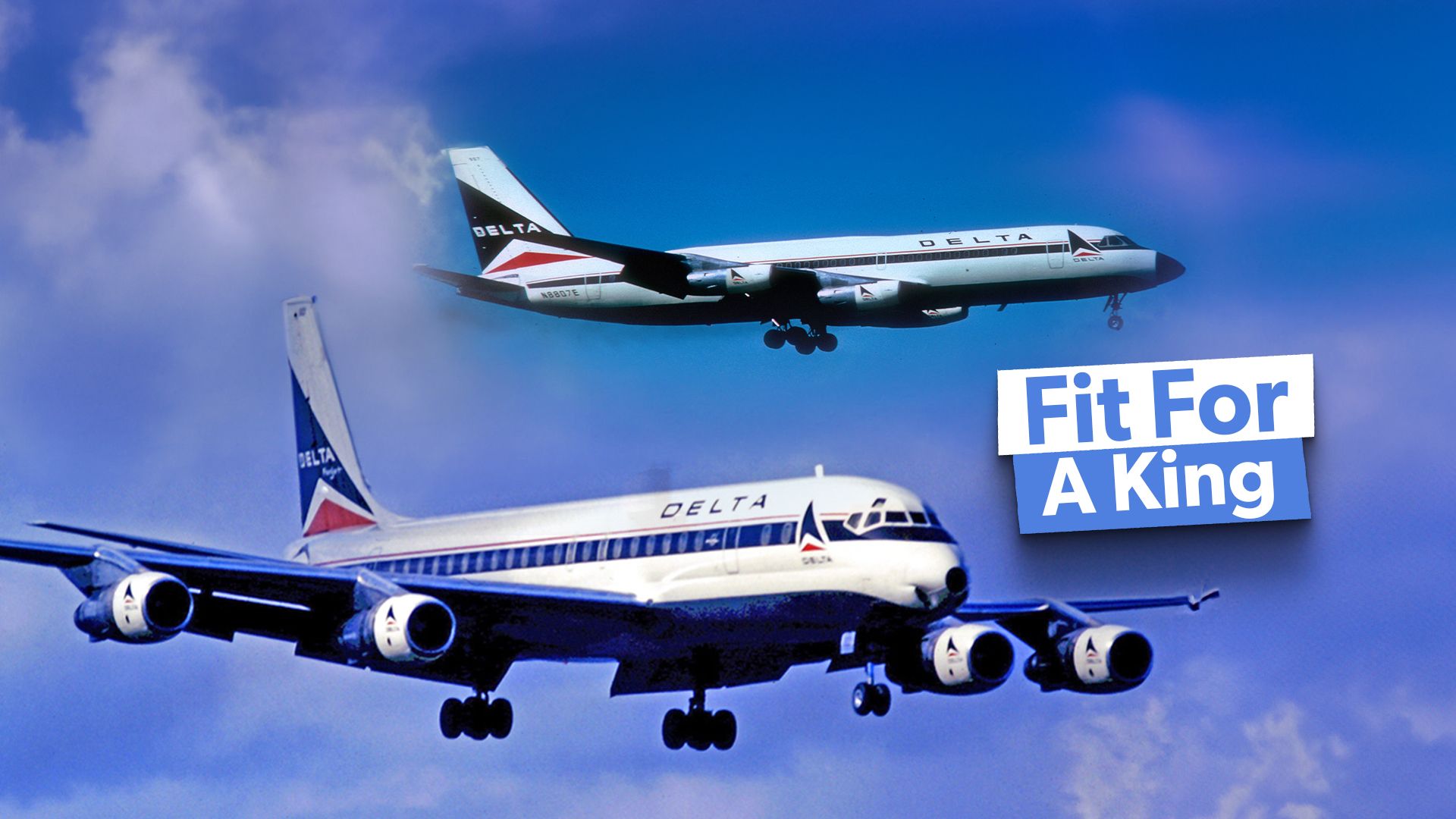The
FAA
has proposed to adopt a new
airworthiness directive
for
CRJ
regional jets found to be suspectable of
5G
interference. The FAA has found that the interference can cause “certain failure messages to be inhibited longer than intended.” The
5G network has been causing some interference issues for aircraft since 2020
, when the rollout picked up steam. In mid-2023, the
FAA introduced new rules that restricted aircraft that lacked upgraded or new 5G-tolerant altimeters
from conducting low-visibility landings (aircraft altimeters have been upgraded since 2022).
FAA proposes new airworthiness directive for CRJ aircraft
According to the FAA, radio altimeters can’t be relied on to perform their functions if they encounter interference from wireless broad operations in the 3.7-3.98 GHz frequency band (aka 5G). Specifically, the interference can result in the inhibition of hydraulic system #3 and wing anti-ice overheat failure messages. The concern is that if this is not corrected, it could result in delayed flight response, leading to loss of “continued safe flight and landing.”
“This proposed AD would require installing a new radio frequency (RF) bandpass filter on the coaxial line between the radio altimeter and the receive antenna in the aft equipment compartment. The FAA is proposing this AD to address the unsafe condition on these products.” – FAA
The proposal will impose limitations on the aircraft from performing certain low-visibility landing operations at any airport unless they have upgraded their radio altimeters. The FAA noted its Canadian counterpart, Transport Canada, has already taken similar steps. “Transport Canada, which is the aviation authority for Canada, issued corresponding Transport Canada AD CF-2023-46, dated June 30, 2023, to require similar limitations on flight operations requiring radio altimeter data in U.S. airspace affected by 5G C-Band wireless signals,” the FAA wrote.
Photo: Markus Mainka | Shutterstock
Bombardier CRJ Series affected
The Bombardier CRJ or CRJ Series family of regional jets was first introduced in 1991 by Bombardier Aerospace, with production ending at the end of 2020 with almost 2,000 built. The FAA proposal affects MHI RJ Aviation ULC Model CL-600-2B19 (Regional Jet Series 100 and 440), CL-600-2C10 (Regional Jet Series 700, 701, and 702), CL-600-2C11 (Regional Jet Series 550), CL-600-2D15 (Regional Jet Series 705), CL-600-2D24 (Regional Jet Series 900), and CL-600-2E25 (Regional Jet Series 1000) airplanes.
If the airworthiness directive is adopted, it would affect up to 873 airplanes of US registry. That said, many of these aircraft have already installed a bandpass filter in compliance with the directive and, thus, would not be affected. The FAA estimates the cost for airlines to comply with the directive is $4,930 in labor costs and $53,647 in parts costs.
Ahead of adopting the proposal, the FAA is inviting people to “send any written relevant data, views, or arguments about this proposal.”





